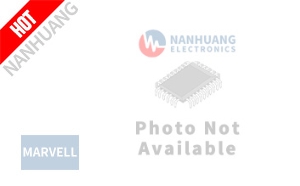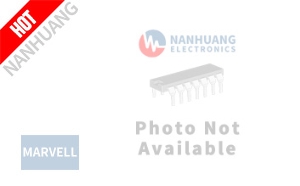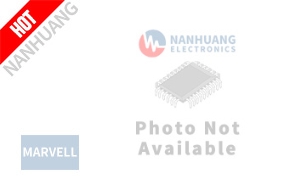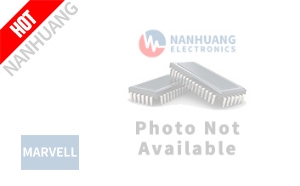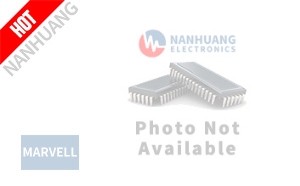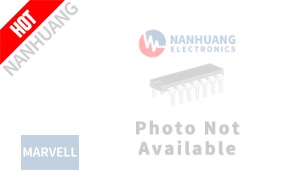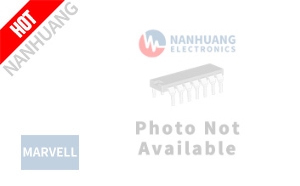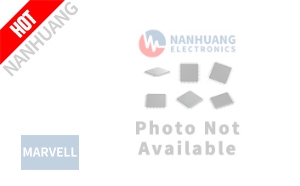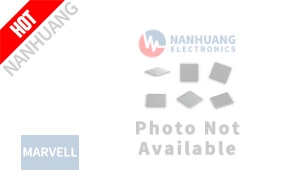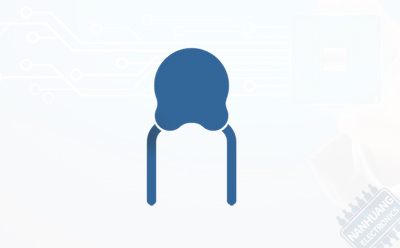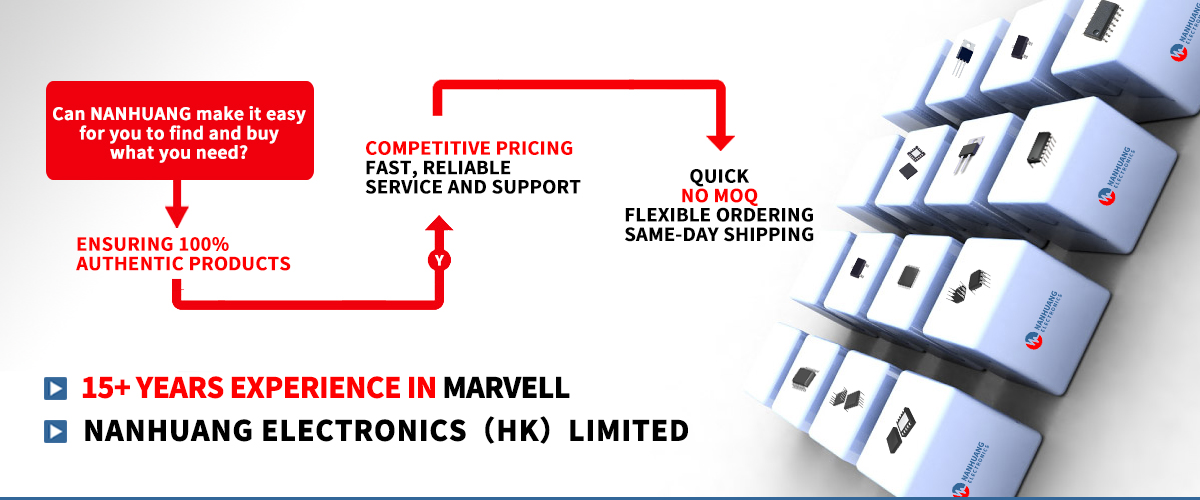
Marvell Technology, a leader in data infrastructure semiconductor solutions, today announced a cloud-optimized 51.2 Tbps networking platform to relieve bottlenecks in artificial intelligence (AI)/machine learning (ML) and cloud data center networks. The new platform, which quadruples the bandwidth of widely deployed 12.8 Tbps networking solutions, is comprised of the ultra-low latency Marvell® Teralynx® 10 51.2 Tbps switch chip, and the industry's first PAM4 1.6 Tbps electro-optics platform, Marvell® Nova™. This technology allows cloud data center operators to reduce time-in-networking, maximize compute utilization and meet the growing bandwidth demands for AI and ML.
To meet exploding bandwidth requirements, operators need to upgrade to higher performance networking solutions, accelerating time to market while reducing cost and power per bit. Marvell's cloud-optimized Teralynx 10 and Nova networking platform ensures interoperability between switch and optics, thereby reducing the burden of validation and interoperability testing for customers and accelerating the deployment of these next-generation technologies. The Nova 1.6 Tbps platform enables 51.2 Tbps switching in 1RU to improve bandwidth density in the cloud data center.
“Data center operators are challenged to meet the networking demands that applications such as artificial intelligence and machine learning are driving in the cloud,” said Nariman Yousefi, executive vice president, Automotive, Coherent DSP and Switch Group at Marvell. “To address this demand, leading operators are planning to upgrade directly from 12.8 Tbps to 51.2 Tbps. Utilizing the industry’s lowest latency programmable switch, Teralynx 10, with the industry’s first 1.6 Tbps optical platform, Nova, offers data center operators a cloud-optimized platform to scale and address the growing demands of AI/ML applications.”
“With bandwidth demand growing at more than 50% per year, cloud data center operators are locked in a never-ending effort to dramatically increase the performance and capabilities of their operations while keeping equipment costs, rack space and power to a minimum. Basing infrastructure around 51.2 Tbps switches and 200 Gbps per lambda optical PAM4-based modules will become the gold standard for the next era of networking,” said Alan Weckel, co-founder of 650 Group. “Marvell is paving a path forward that will benefit both clouds and their customers.”
Teralynx 10 Ultra-Low Latency Programmable 51.2 Tbps Switch Chip
Based on a proven architecture, Teralynx 10 is a programmable 51.2 Tbps switch chip designed to handle high-bandwidth workloads. The Teralynx architecture has demonstrated a 1.7x latency advantage, enabling operators to reduce time spent in networking and speed workload processing. In addition, Teralynx 10 and Nova utilize the industry’s best-in-class 112G SerDes IP, enabling low-cost, low-power system designs.
Key features of Teralynx 10 include:
Up to 512 SerDes lanes supporting 25 Gbps, 50 Gbps and 100 Gbps I/O speeds to support a wide range of switch systems and connectivity
Congestion-aware routing to minimize network bottlenecks and congestion
Permutable flex-forwarding to enable operators to program new packet forwarding protocols as networks evolve
Teralynx® Flashlight™ telemetry to deliver comprehensive and advanced capabilities including support for P4 in-band network telemetry
Nova 1.6 Tbps PAM4 Electro-Optics Platform
Powered by a groundbreaking 200 Gbps/lambda optical DSP, Nova doubles the optical bandwidth compared to current solutions while reducing power and cost per bit by 30%. Today's highest-performance 800 Gbps optical modules are based on 100 Gbps per lambda optical bandwidth, which requires 64 modules to move data to and from a 51.2 Tbps-based switch system. With Nova, the number of optical modules can be reduced by half to 32, each running at 1.6 Tbps. In addition, the number of optical components per optical module is reduced by 50%, increasing module reliability while reducing manufacturing complexity and cost.
Key features of Nova include:
200 Gbps per channel line side transmitter interface supporting a wide range of high-speed lasers
200 Gbps per channel line-side receiver with companion Marvell 112-Gbaud TIAs, providing best-in-class linearity and low noise
Integrated laser drivers, optimizing power dissipation
Latency-optimized FEC for 200 Gbps traffic
Availability
The Marvell Nova electro-optics platform (see companion press release) is sampling now to select customers and Teralynx 10 will sample in Q2.
All registered trademarks and other trademarks belong to their respective owners. For more details, please visit Marvell official site.
- IC Marvell LQFP / LBGA / QFN
- IC Marvell LQFP / LBGA / QFN
- IC Marvell LQFP / LBGA / QFN
- IC Marvell LQFP / LBGA / QFN
- IC Marvell LQFP / LBGA / QFN
- IC Marvell LQFP / LBGA / QFN
- IC Marvell LQFP / LBGA / QFN
- IC Marvell LQFP / LBGA / QFN
- IC TXRX FULL/HALF 4/4 224TFBGA
- IC Marvell LQFP / LBGA / QFN
- IC Marvell LQFP / LBGA / QFN
- IC Marvell LQFP / LBGA / QFN
- Marvell announced a Compute Express Link Development Platform for cloud data center operators and se
- Marvell Extends Borderless Enterprise Networking Portfolio to Industrial Applications
- Marvell Technology announced its Marvell® Nova™ 1.6 Tbps PAM4 electro-optics platform
- Marvell announced a cloud-optimized 51.2 Tbps networking platform
- ADI-Marvell 5G MIMO platform supports O-RAN
- Latest chip from Marvell simplifies transition to cloud-native RAN
- ADI has extended its partnership with Marvell for a next-generation 5G massive MIMO (mMIMO)
- Marvell launched its next generation OCTEON 10 Fusion family of baseband processors for 5G base stat
- Marvell Technology has launched sampling of the Alaska C X9340P
- Marvell has extended its partnership with Nokia
- Marvell has begun sampling a 5nm 1.6T Ethernet PHY with 100G I/O capability
- Marvell introduced Alaska® C X9340P, a new 5nm 1.6T Ethernet PHY with 100G I/O capability


